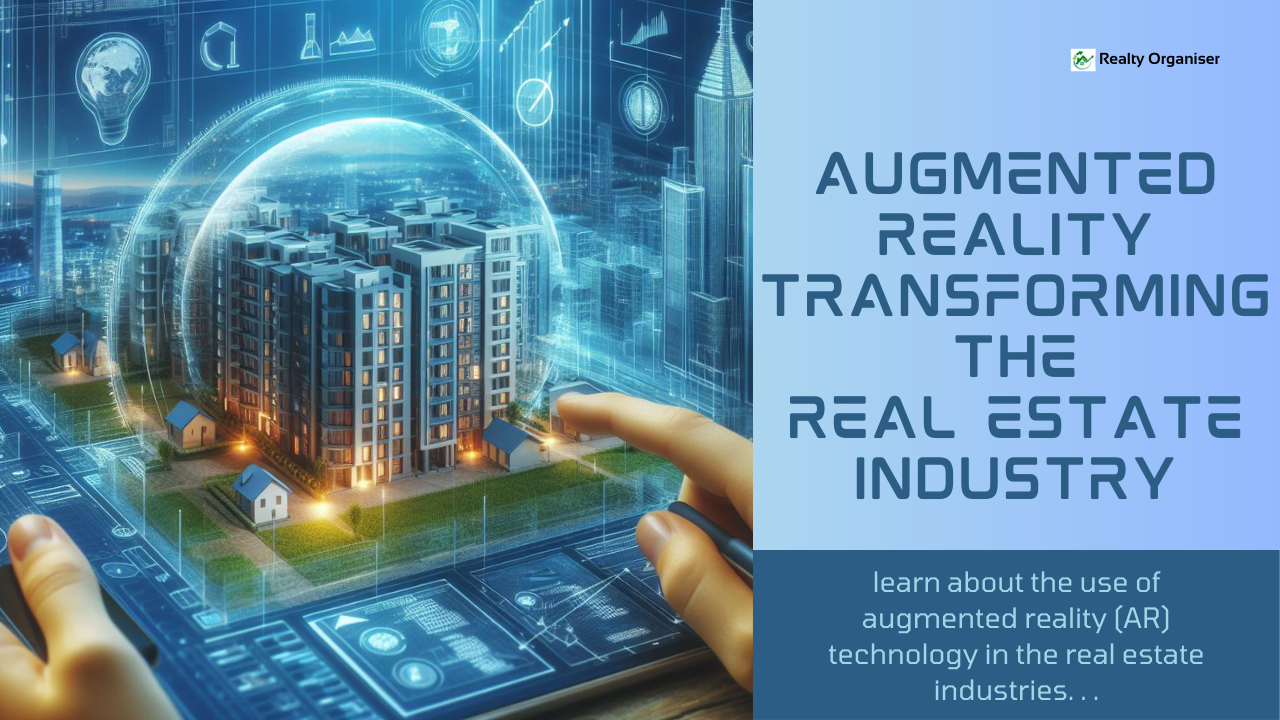
Augmented Reality (AR): Redefining Property Viewing Experience
Augmented Reality (AR) is transforming the real estate industry, offering immersive property viewing experiences and enhancing decision-making for potential buyers. But what exactly is AR, and how is it revolutionizing the way we view and purchase properties? Let's delve deeper into this exciting technology and discover its impact on the real estate market.
What is Augmented Reality (AR)?
Augmented Reality, often abbreviated as AR, is a technology that overlays digital information, such as images, videos, or 3D models, onto the real world. Unlike Virtual Reality (VR), which creates a completely artificial environment, AR enhances the existing surroundings by adding digital elements.
The Impact of AR on Property Viewing
AR is redefining the property viewing experience, offering potential buyers a more immersive and interactive way to explore properties. With AR, you can walk through a house, visualize different furniture arrangements, or even see potential renovations - all from the comfort of your home. This innovative technology is making property viewings more engaging, informative, and convenient for buyers.

• Immersive Property Viewing Experiences
Imagine being able to step inside a property and explore it in detail, all without leaving your living room. AR technology makes this possible by creating virtual tours that allow potential buyers to walk through properties and view them from every angle. This immersive experience helps buyers get a better sense of the space and envision themselves living there.
• Enhanced Decision-Making with AR
AR not only enhances the property viewing experience but also aids in decision-making. With AR, potential buyers can visualize renovations, modifications, or different furniture arrangements, helping them make more informed decisions. This interactive approach to property viewing can significantly impact the buyer's purchasing process, making it easier to choose the right property.
How Does AR Work in Real Estate?
AR technology works by using specialized apps and platforms that overlay digital content onto physical properties. These apps utilize the device's camera to scan the surroundings and then project digital elements, such as furniture or decorations, onto the screen.
• AR Applications in Property Listings
Many real estate agencies are now integrating AR into their property listings. By offering AR-enhanced listings, agents can attract more potential buyers and provide them with a more engaging and interactive experience. AR allows buyers to explore properties in a whole new way, making the property search process more enjoyable and efficient.
• Virtual Staging and Home Decor
One of the most popular uses of AR in real estate is virtual staging. Instead of physically staging a property, agents can use AR to digitally furnish and decorate the space, allowing potential buyers to see the property's full potential.
Benefits of Using AR in Real Estate
AR offers numerous benefits for both real estate agents and potential buyers. For agents, it provides a competitive edge by offering innovative marketing solutions. For buyers, it simplifies the property search process, allowing them to explore multiple properties virtually before making a decision.
• Improved Property Marketing
By integrating AR into property listings and marketing materials, agents can showcase properties in a unique and engaging way. This innovative approach to property marketing can attract more potential buyers and ultimately lead to faster sales.
• Cost and Time Efficiency
AR technology can also help save time and reduce costs associated with traditional property viewings. By allowing potential buyers to explore properties virtually, agents can streamline the property search process and focus on more qualified leads.
Challenges and Limitations of AR
While AR offers many benefits, it also comes with challenges and limitations. From technical requirements and costs to user adoption and training, there are several factors that real estate agents and buyers need to consider.
• Technical Requirements and Costs
Implementing AR in real estate requires specialized hardware and software, which can be costly. Additionally, maintaining and updating AR applications can also incur ongoing expenses.
• User Adoption and Training
For AR to be successful in real estate, both real estate agents and potential buyers need to adopt and understand the technology. This may require training sessions and educational resources to ensure everyone can fully utilize the benefits of AR.
The Future of AR in Real Estate
Despite the challenges, the future looks promising for AR in real estate. As technology continues to advance and become more accessible, we can expect to see even more innovative applications of AR that revolutionize the way we buy and sell properties.
Conclusion
Augmented Reality is redefining the property viewing experience in the real estate industry, offering immersive experiences and enhancing decision-making for potential buyers. While there are challenges to overcome, the potential benefits of AR are undeniable. As technology continues to evolve, AR will undoubtedly play a significant role in the future of real estate.
